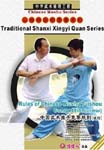Rules of Chinese Wushu Tuishou (Pushing Hands) Competition
$14.95
In stock
Description
Traditional Shanxi Xingyi Quan Series: Rules of Chinese Wushu Tuishou (Pushing Hands) Competition (On Trial)
山西传统形意拳系列 — 中国武术推手竟赛规则[试行]
Demonstrator: Zhang Xigui
Order No. D1310
ISBN: 7887215455
EAN: 6937475378676
Picture Format: NTSC (good for North American users)
Length: 54 min.
Number of Disc: 1
Language: Chinese with English and Simplified Chinese subtitles
Publisher: People’s Sports Audio & Video Publishing House
Price: $14.95
On the basis of taiji tuishou (pushing hands), wushu tuishou is a kind of civilized athleticism in which the competitors make efforts to have the opponent fall down to the ground for losing balance. On the principles of touching, joining, sticking, following and “no hitting with separated hands”, the competitors utilize hand techniques such as Lu (rolling back), Ji (squeezing) An (pressing), Cuo (scrubbing), Dai (leading), and the leg techniques, such as Bie (clipping) Gou (hooking), Ban (stumbling), and Gua (hanging). Thus, Wushu Tuishou is also called civilized Sanshou (free fighting).
Xingyi quan is one of the three major “internal” Chinese martial arts. The other two are Taiji quan and Baguazhang. Xingyi quan translates approximately to “Form/Intention Boxing”, or “Shape/Will Boxing”, and is characterized by aggressive, seemingly linear movements and explosive power. Its origins are traceable to the 18th century and may go back even further. There is no single organizational body governing the teaching of the art, and several variant styles exist.
A Xingyi quan fighter uses efficient coordinated movements to generate bursts of power intended to overwhelm the opponent, simultaneously attacking and defending. Forms vary from school to school, but include barehanded sequences and versions of the same sequences with a variety of weapons. These sequences are based upon the movements and fighting behavior of a variety of animals. The training methods allow the student to progress through increasing difficulty in form sequences, timing and fighting strategy.
Additional information
| Weight | 1 lbs |
|---|
Related products
-
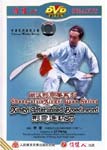
Xingyi Interlinked Broadsword (Shang-style)
$14.95 Add to cart -
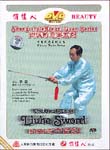
Traditional Xingyi Liuhe (Six Harmony) Sword (Shang-style)
$14.95 Add to cart -
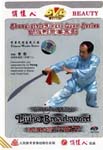
Traditional Xingyi Liuhe (Six Harmony) Broadsword (Shang-style)
$14.95 Add to cart -
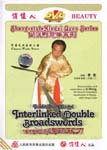
Traditional Xingyi Interlinked Double Broadswords (Shang-style)
$14.95 Add to cart -
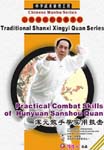
Practical Combat Skills of Hunyuan (Balanced) Sanshou Quan
$14.95 Add to cart

